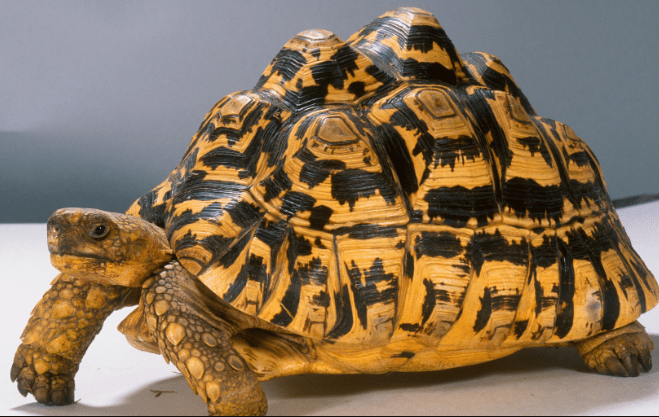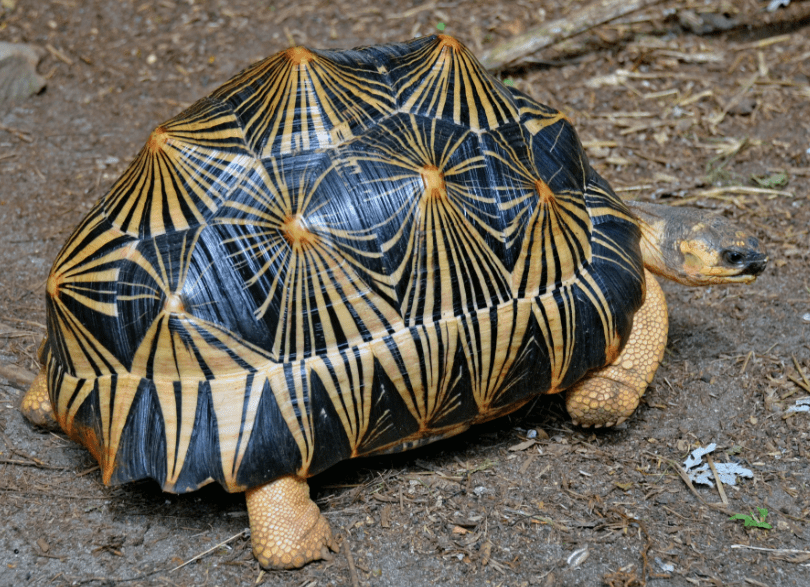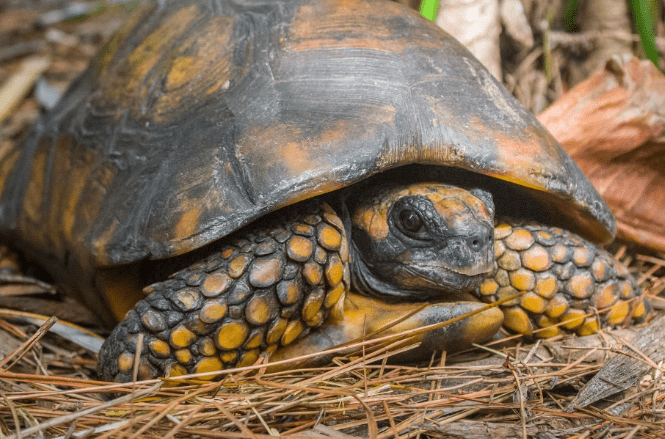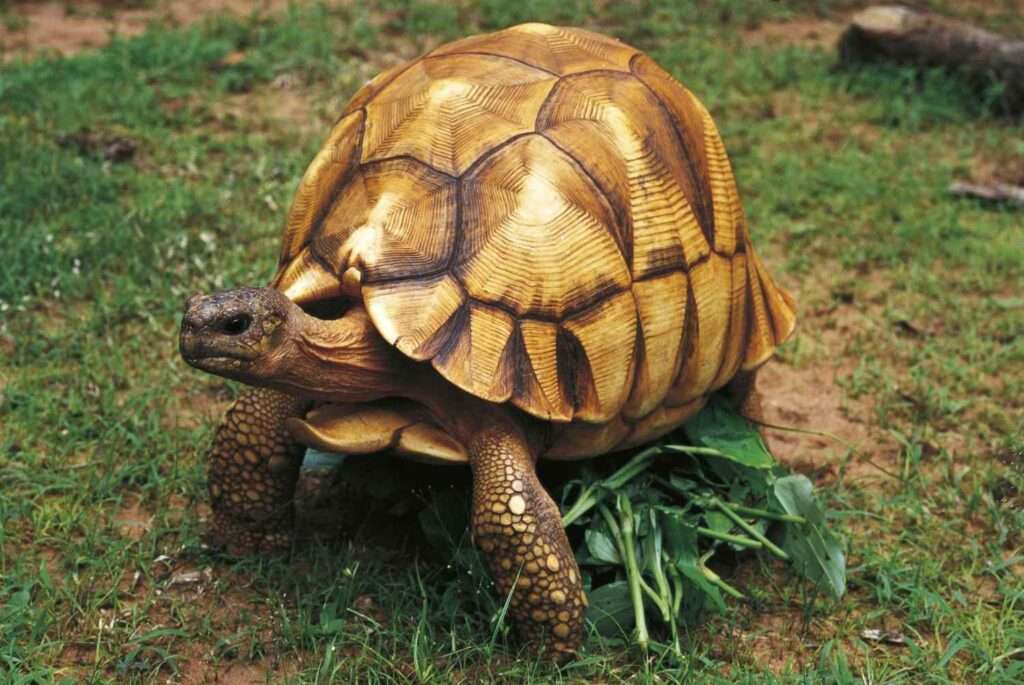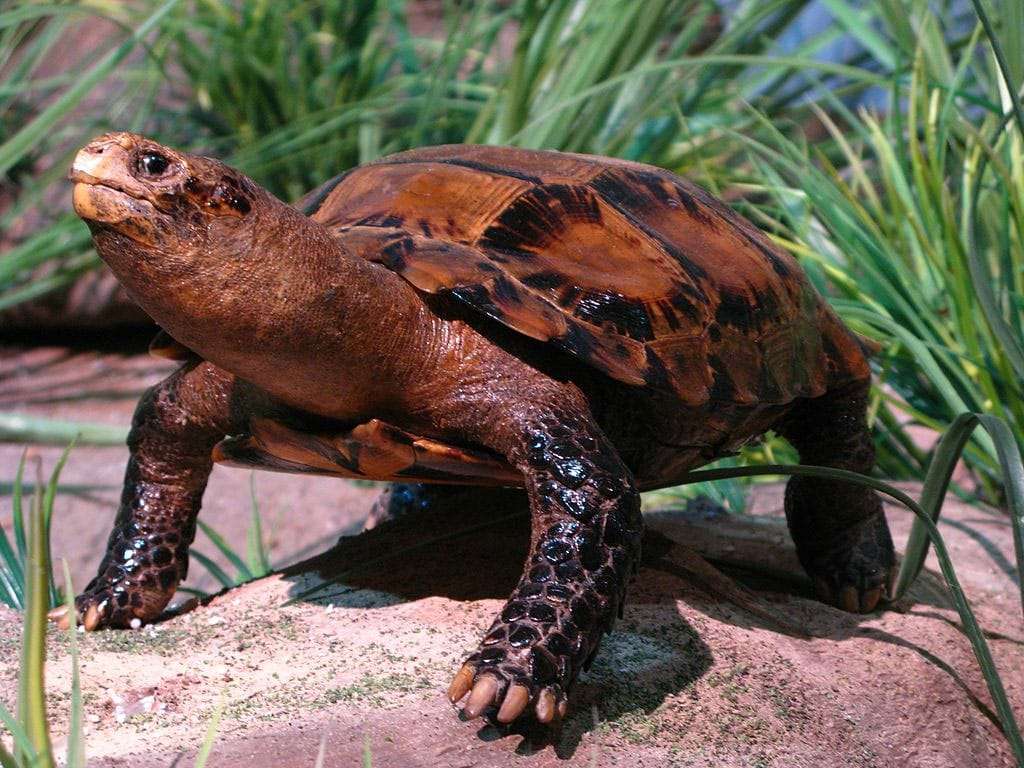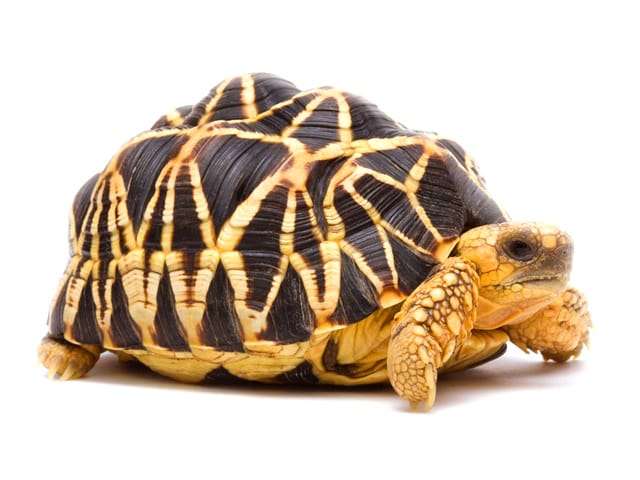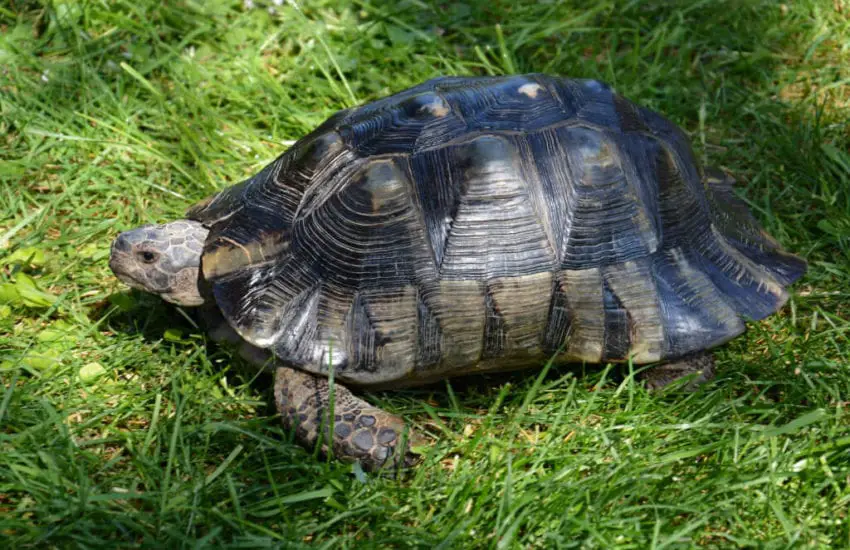Galapagos Tortoise
Description The biggest living species of tortoise is the Galápagos tortoise (Chelonoidis niger). The shell of the Galápagos tortoise is extremely high-brown and pale green. It fuses seamlessly with its surroundings. When it gets too hot or senses danger, it may quickly retract its head, legs, and tail within its shell. It has an extremely […]
Galapagos Tortoise Read More »





